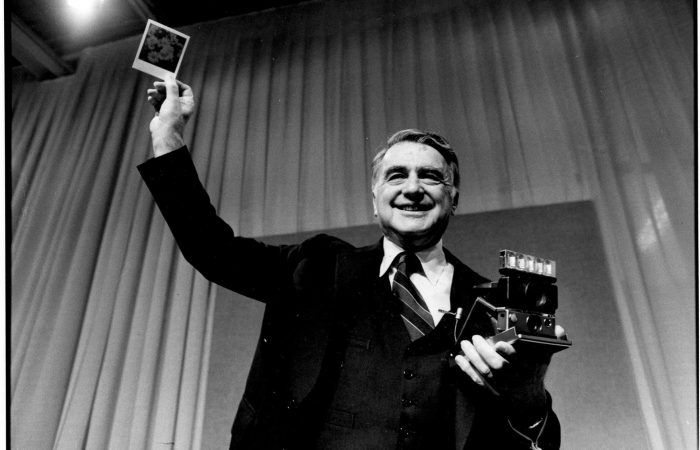
Demos that Dominate
by Harry Meadows
If you’ve ever been involved with a tech business, you’ve sat through more product demos than you can count. And for good reason: the people who give product demos are on the front lines of your company’s effort to become an essential brand. A great demo can transform a skeptical buyer into a champion for your company in real time.
But the opposite is true, too: an underwhelming demo is a stumbling block for even the best companies and products. What should be an opportunity to tell your company’s story and convert your prospect to a believer too often becomes a dry, linear, features-packed product tour.
A truly great product demo tells your story and gives your prospect confidence that your company is singularly equipped to address their problems. Here’s how to devise and execute a demo that earns trust and makes your sales funnel more efficient.
The strategic stories used by essential brands follow a consistent structure. Download Woden’s guide on how this approach works, and how to put it to work in any company.
Know what role the demo plays in your funnel
In the most efficient sales funnels, the demo comes fairly late; after your prospect has already achieved some level of awareness of your brand by associating it with their pain points and your call-to-action. They’ve also probably heard an initial sales pitch in one form or another. If you have a particularly effective brand story, they’re now concerned about some big monumental shift in the world with which they need to catch up.
Knowing where your prospect is in the sales funnel is key to delivering the right information and context to help them buy. By now, they’ve already decided that they have a problem they need to solve, and are probably choosing between solutions. That’s why the demo is a key opportunity to build credibility, setting your prospect up to see you as a trusted mentor.
Create shared language
Although the demo is more about building trust than rattling off a litany of product features, the story you tell must be rooted in a shared understanding of the problem your product solves.
Check out Zendesk’s intro video for Sunshine, their new CRM platform:
Zendesk articulates a universal problem that anyone can agree with: “customer relationships are complicated.” This is part of their strategic narrative and builds on the pain points identified in earlier stages of the funnel. The demo then describes the ways that the information that drives customer insights is fragmented—shifting the focus toward the prospect. Finally, it introduces Zendesk’s development of a naturally adaptive platform. This provides a great foundation for prospects to understand Sunshine by recapping the narrative up to that point before introducing the product.
By the end of the demo one gets the sense that Zendesk thought really hard about how to build technology that has enough flexibility to add value to the complex task of managing customer information. Note that Zendesk doesn’t talk about—or show—Sunshine’s features or capabilities. They show how they thought about the problem and create shared language by telling a story.
Build confidence and establish credibility
The real point of showing off your product to your prospect is to demonstrate why you’re best-equipped to deliver what they need. When it comes time to reveal your product itself you must frame it in two ways:
• Any specific product features or capabilities you choose to demonstrate should directly answer a pain point you know your prospect has
• More importantly, you should frame your presentation in a way that establishes your company’s credibility by demonstrating your expertise and passion
Nike is incredible at this (product demos aren’t just for tech companies!). The product videos for their new perforated sustainable hoodie line—Nike Forward—includes design staff speaking excitedly about the process of designing the product. In the full version, they speak at length about how they “hacked” common industry tools to create a fabric that met the standards they were shooting for.
The enthusiasm and excitement the Nike team obviously has to show off their process creates a perception of transparency into its process. The expertise on display—plus the authentic excitement in the story Nike is telling—is much more convincing to someone interested in sustainable clothing than a simple walkthrough of the design features that make the hoodie warm or an abstract list of the materials they use and where they got them.
Your brand’s ability to mentor and guide its customers anchors the bottom of your sales funnel. So, the story you tell around who your team is, why they care about designing a valuable product, and how you uncovered the innovations that make it exceptional are what will make your demo memorable. In short, good product storytelling is how you build the credibility you need for your prospect to feel comfortable buying.
Becoming an essential brand like Nike is no easy feat—but elevating your product demo from a features-packed product tour to a memorable, authentic showcase for your credibility and your team’s passion is necessary for your prospects and customers to start seeing you as essential.
Harry Meadows is the StoryAccelerator Lead at Woden. Want to stay connected? Read our extensive guide on how to craft your organization’s narrative, or send us an email at connect@wodenworks.com to start the journey to uncover what makes you essential.


